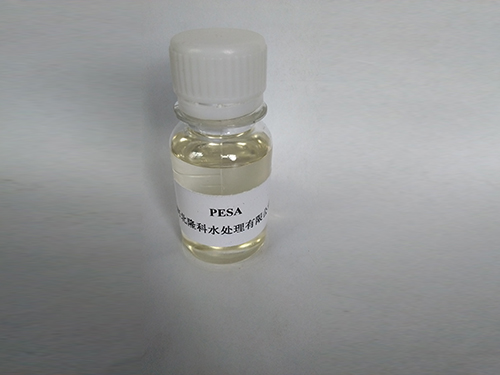Exploring the Benefits and Applications of PAC Poly Aluminum Chloride in Water Treatment
Understanding PAC (Poly Aluminum Chloride) in Water Treatment
Poly Aluminum Chloride (PAC) is a widely used coagulant in water treatment processes, especially in municipal and industrial applications. The effectiveness of PAC in removing contaminants from water has made it a preferred choice among water treatment professionals. This article will explore the properties, benefits, and applications of PAC, as well as its role in enhancing water quality.
What is PAC?
PAC is a water-soluble polymer compound that contains aluminum. It is produced by combining aluminum hydroxide and hydrochloric acid, resulting in a compound that has a higher charge density compared to traditional aluminum salts like alum. This higher charge density allows PAC to effectively destabilize the colloidal particles suspended in water, leading to improved coagulation and flocculation processes.
Key Properties of PAC
PAC has several characteristics that make it advantageous for water treatment
1. High Solubility PAC dissolves quickly in water, which allows for rapid deployment during treatment processes. Its solubility facilitates easy handling and application. 2. Effective Coagulation With a higher positive charge, PAC can neutralize more colloidal particles than conventional coagulants. This results in better particle aggregation and sedimentation.
3. Adjustable Properties The formulation of PAC can be tailored to suit specific water quality conditions. Variations in molecular weight and the degree of polymerization enable adjustments to meet different treatment needs.
Benefits of Using PAC
1. Improved Water Clarity PAC is particularly effective in producing clearer water, making it ideal for drinking water treatment and wastewater processes. 2. Lower pH Impact Unlike traditional coagulants, PAC has a less significant effect on the pH levels of water, which can be an advantage in maintaining balance in the treatment process.
pac poly aluminum chloride

3. Reduced Sludge Generation The use of PAC leads to less sludge compared to other coagulants, thereby simplifying post-treatment processes such as sludge disposal.
4. Versatility PAC can be used in various applications beyond municipal water treatment, including industrial wastewater treatment, paper manufacturing, and even in the food industry for specific processes.
Applications of PAC
The versatility of PAC allows it to be utilized across multiple sectors
- Drinking Water Treatment PAC is commonly used in municipal drinking water systems to remove turbidity, color, and microorganisms, ensuring compliance with health standards.
- Wastewater Treatment For industrial facilities, PAC is effective in clarifying wastewater before it is discharged into the environment, thus helping industries meet regulatory requirements.
- Paper and Pulp Industry In the paper industry, PAC is used as a retention aid to improve fiber retention and enhance the quality of paper products.
- Food Processing In certain food processing applications, PAC is employed for its coagulation properties to clarify beverages and improve overall product quality.
Conclusion
Poly Aluminum Chloride is an efficient coagulant that plays a crucial role in water treatment processes, enhancing water quality through its high efficacy, faster dissolution, and customizable properties. As water quality standards become more stringent, the emphasis on effective and sustainable water treatment solutions will continue to grow. The ongoing use and development of PAC will remain significant in addressing modern environmental challenges and ensuring access to safe drinking water globally. Whether in municipal treatment plants or industrial applications, PAC demonstrates its value as a vital component in the quest for cleaner, safer water.
-
Pbtc Scale InhibitorPBTC: A Scale Protector for Industrial Water TreatmentNewsAug.05,2025
-
Organic Phosphonate: An Efficient Defender in the Field of Scale InhibitionNewsAug.05,2025
-
Hydrolyzed Polymaleic Anhydride: Green Pioneer in Scale Inhibition FieldNewsAug.05,2025
-
PAPEMP Polyamino Polyether Methylene Phosphonic Acid For SaleNewsAug.05,2025
-
Flocculant Water Treatment: A Pioneer in Purification in the Field of Water TreatmentNewsAug.05,2025
-
Benzyl Isothiazolinone: An Efficient and Broad-Spectrum Antibacterial Protective GuardNewsAug.05,2025





